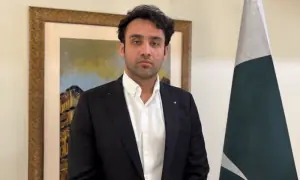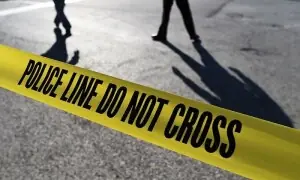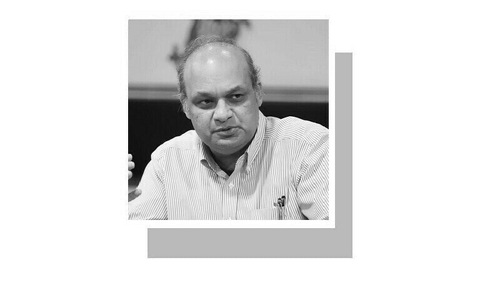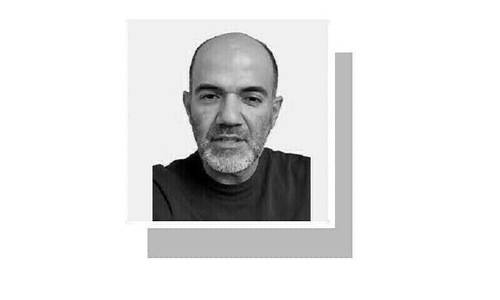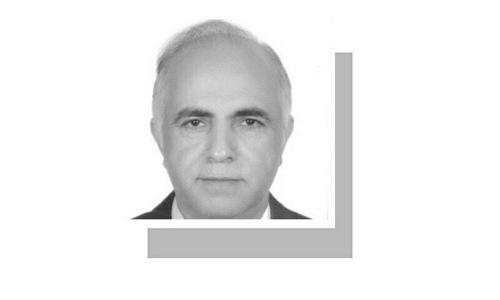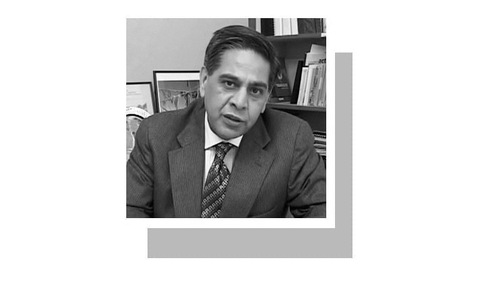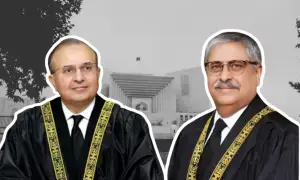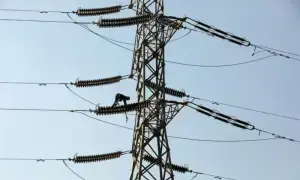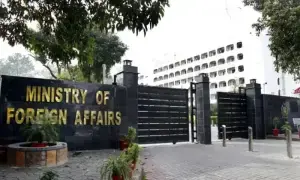ISLAMABAD: Chief Justice of Pakistan Gulzar Ahmed on Thursday took notice of the tragic incident of vandalising and burning of the shrine of a Hindu saint in Karak district of Khyber Pakhtunkhwa.
The CJP ordered the KP chief secretary and the inspector general as well as Dr Shoaib Suddle, the head of a commission on minorities’ rights, to visit the site and submit a comprehensive report by Jan 4, 2021. The case has been fixed for hearing by the Supreme Court in Islamabad on Jan 5.
The suo motu notice was taken when MNA and patron-in-chief of the Hindu Council Dr Ramesh Kumar Vankwani called on the chief justice at the Supreme Court’s Karachi registry to discuss the issue of desecration/burning of Samadhi of Hindu saint Shri Param Hans Ji Maharaj by a mob in Teri, a far-flung town of Karak district.
During the meeting, the CJP expressed grave concern over the tragic incident and informed the MNA that suo motu cognisance had already been taken and the matter has been fixed for hearing on Jan 5.
On Wednesday, more than 1,000 people led by local leaders of a religious party held a protest and demanded removal of the Hindu temple. After making speeches they attacked the temple which was built before 1920.
This is the same temple the desecration of which was highlighted before the Supreme Court on June 7, 2014 and then chief justice Tassaduq Hussain Jillani had ordered then KP chief minister Parvez Khattak to immediately intervene and amicably resolve the controversy over the construction of the temple that had almost created a law and order situation in Teri village.
The controversy had cropped up during the hearing by the Supreme Court of a case relating to a bomb attack on a church in Peshawar on Sept 22, 2013. The then KP advocate general had presented before the apex court a February 2014 letter written by the Karak deputy commissioner to the deputy secretary (judicial) of home department, Peshawar, in which he had traced the history of unrest developed in the area.
According to the information presented before the court, the temple was constructed at a place in Teri village where Shri Param Hans Ji Maharaj died in 1919 and was buried. His followers used to visit the place to pay their respect. This practice continued till 1997 when some Muslim extremists demolished the temple.
Consequently, the followers of Shri Param Hans tried to rebuild a temple at the place allegedly occupied by a local and influential religious leader despite the fact that the property belongs to the Auqaf department for being an evacuee property, according to the document.
Hindu elders from Sindh intervened and tried to negotiate privately with the local religious leader and paid him Rs375,000 for the land in 1997. But the cleric did not vacate the property despite allegedly receiving the money from then minority MPA Gian Chand.
Published in Dawn, January 1st, 2021







